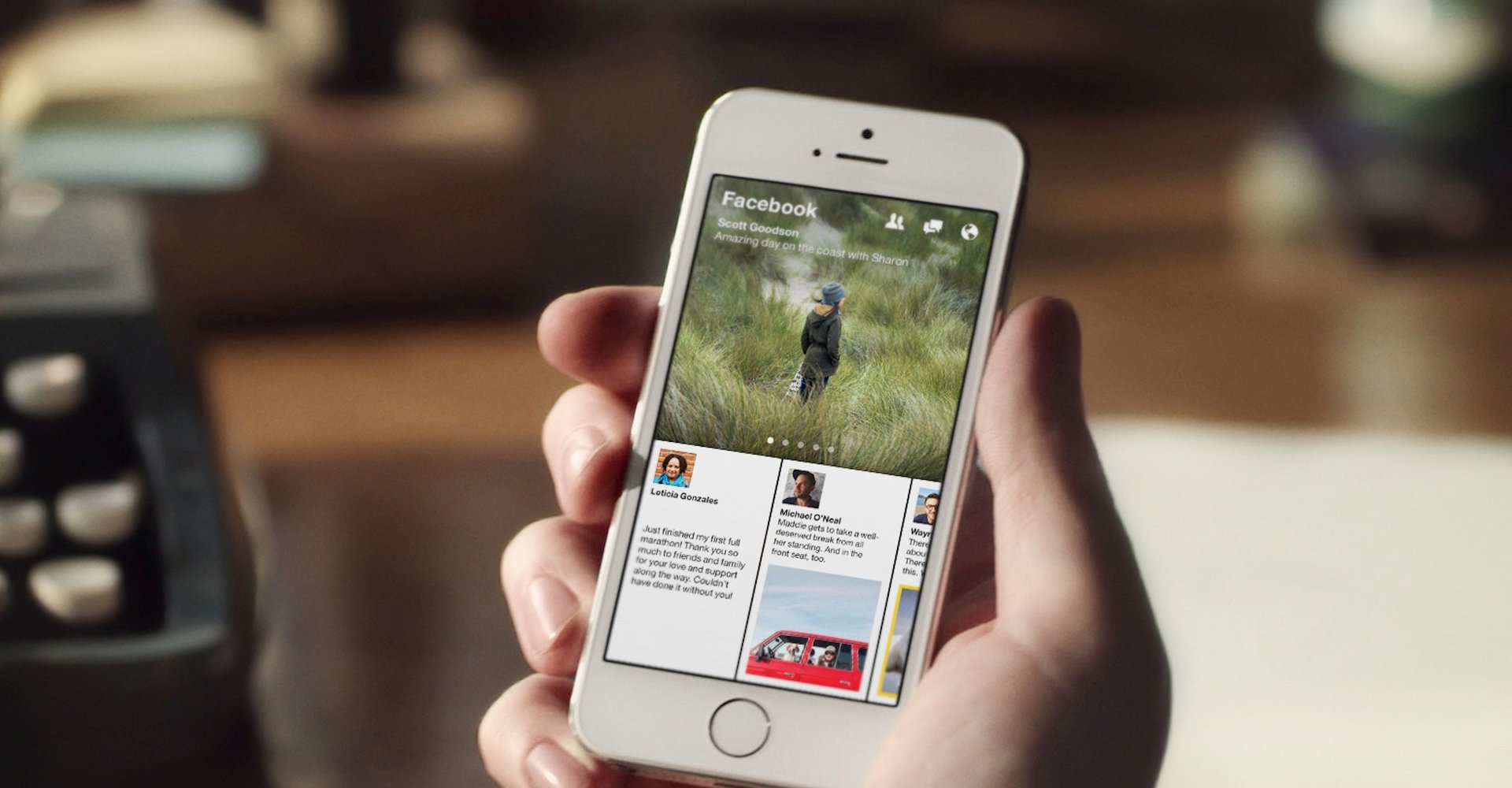Is Quora the future of the press release?
According to Facebook developer Jason Barrett Prado,”Working on Paper has been the best and most challenging experience of my career.”


According to Facebook developer Jason Barrett Prado,”Working on Paper has been the best and most challenging experience of my career.”
That’s how he answers the question on Quora, “What was it like to help develop Paper?”, Facebook’s new news reading app and the first product of Facebook Creative Labs. The thread on the question-and-answer site is was not orchestrated by Facebook, according to a Facebook official, but it’s exactly what corporate communications should be. It’s human, informative, and more revealing than the average press release or corporate blog post. You feel like you’re getting inside information rather than a canned statement, stylized presentation, or chummy missive.
Since many of the early team members for Paper came from Apple, Prado says there was tension between focusing on polish and design vs. Facebook’s cultural motto to “move fast and break things.” In some ways, the Apple ideal won out, which explains why the app is such a departure from the typical Facebook experience. Getting the backstory makes the product more compelling for users and gives them insight into things like how content is organized and loaded.
More than 500 people, including multiple Facebook engineers, have up-voted Prado’s answer, and more than 30,000 people have read it. Both the lead engineering manager and tech lead weighed in on Quora, too. There’s also an engineer, Grant Paul, who finished high school during the app’s development.
Quora serves as such a strong forum for corporate communications since it allows for an evolving narrative, and lets users connect with and respond to real employees. Readers get to post the questions they actually want answered instead of relying on what the company will allow them to learn. Most potential users are less likely to visit Facebook’s engineering blog or newsroom to learn about a new app.
In the past, companies like Microsoft have had engineering teams do Q&As on Reddit, which can veer out of control, like Twitter hashtags. On Quora, there’s an active community of engineers. But the individual responses, level of detail, and proximity to the product launch mark something new with this kind of thread.
This approach could be risky for a company if there’s an unexpected news event or rogue employee. But used carefully, there’s huge potential in letting the people that build products explain them.